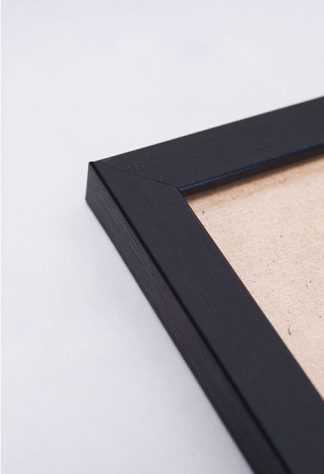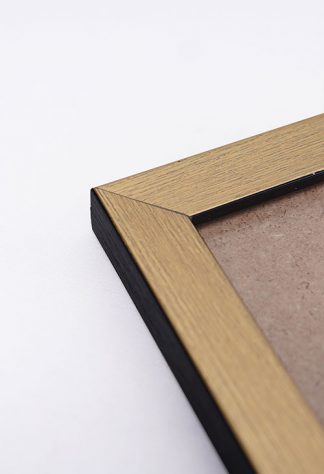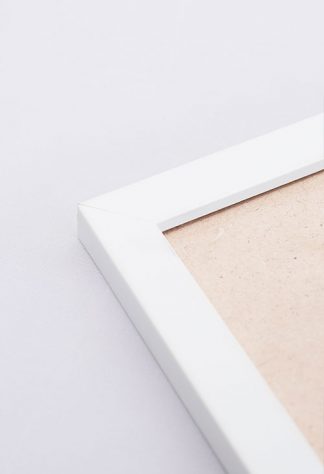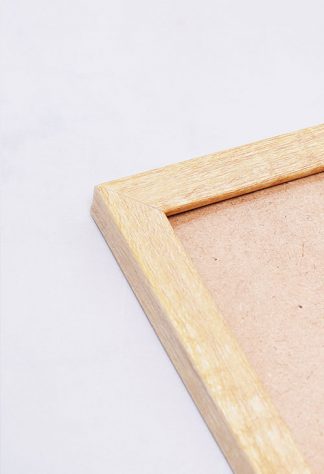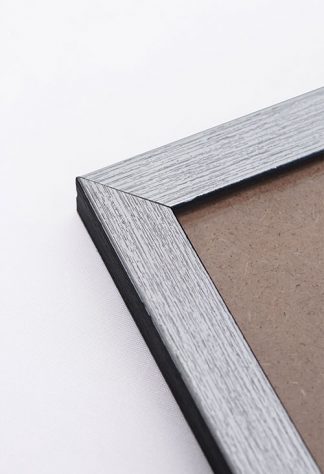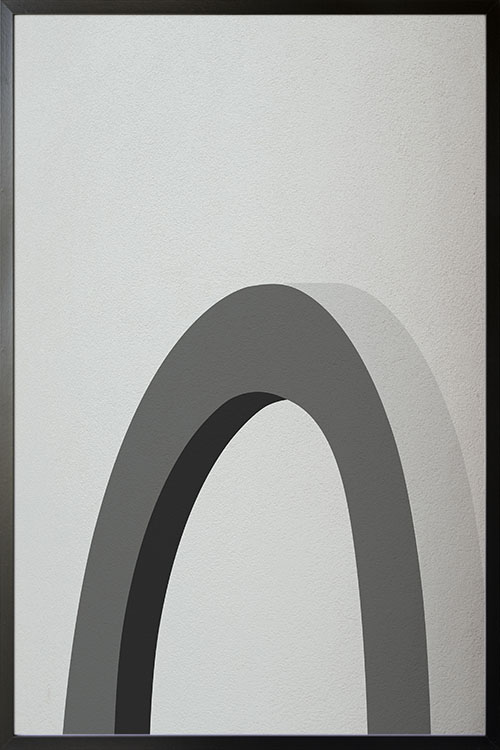
A stylish and trendy art that will transform the total appearance of your room. This is abstract art of shapes in neutral shades. A perfect choice to create a focal point in the room or space. Especially with a large poster print, the art will catch the attention of the audience. Connect all the other decorative elements with neutral shades and create a comfortable and airy ambiance.
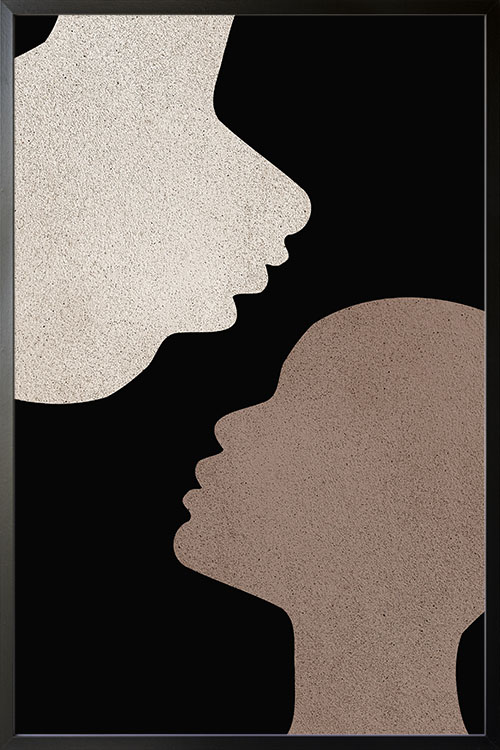
Unique and extraordinary poster art that is perfect to be displayed in the bedroom, bathroom, or office. A trendy art that features the silhouette of the faces of a couple will not only add beauty to your room. This will also bring balance with the neutral colors used by the artist. Create a cool and comfortable room ambiance and your family and friends will have a great time bonding with each other.
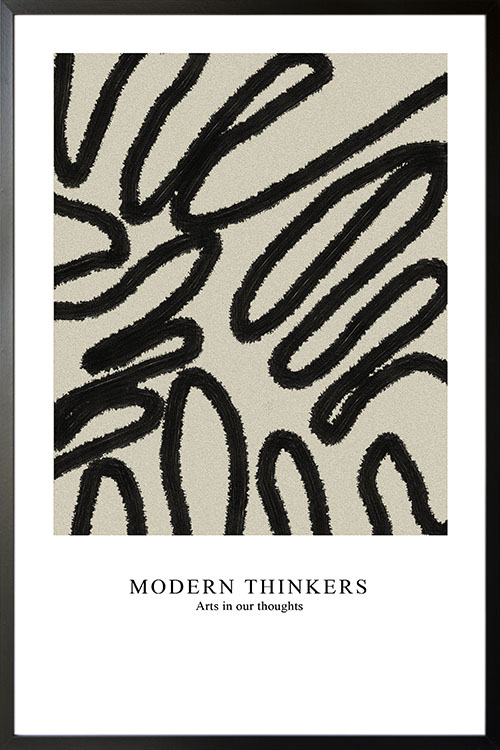
Simple yet stylish looking art in abstract form. This is what makes abstract art so wonderful. They are suitable to be displayed in any room and can blend well with any interior design style that your home has. The neutral colors used make the art trendy that connect all the other elements of the interior. A perfect gift for the family where they can enjoy the ambiance set by the art displayed on the walls.
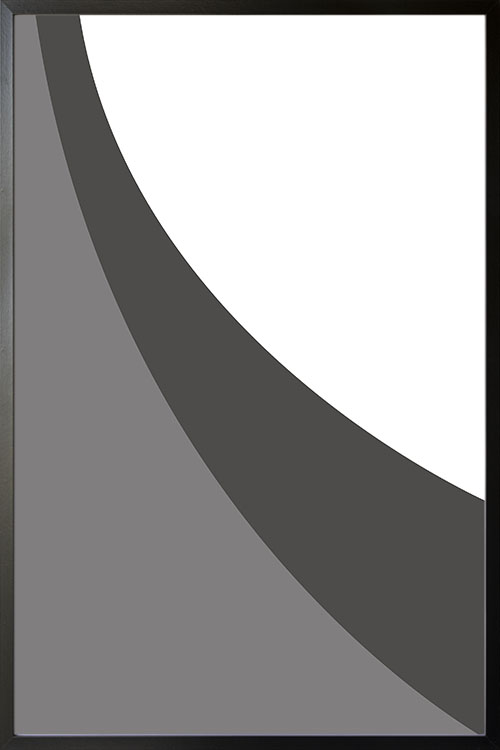
Wonderful art for a cozy and airy room. This is an art that can be used to start a wall gallery. Not only that it will add beauty to your wall, it can also create balance with its neutral tones and abstract form.
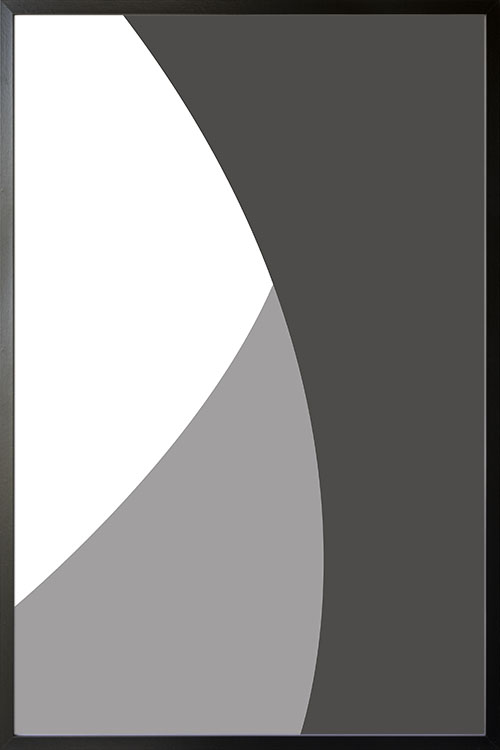
Relaxing and comfortable room with an abstract art in tones of gray. Beautiful rooms with an abstract art in neutral tones. This trendy and sophisticated art will also help in creating a relaxing environment that will be enjoyed by your guests.
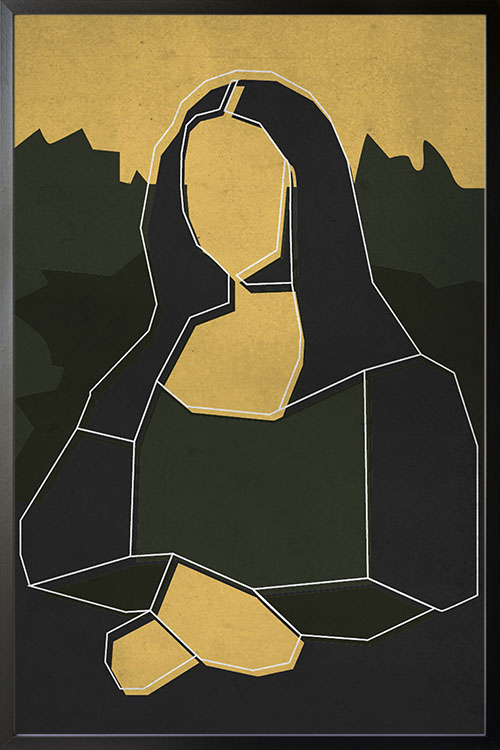
A popular painting of Leonardo Da Vinci in geometric shapes and neutral colors. Beautiful as it is with the original Mona Lisa painting by the master. Make your wall look extraordinary with an adaptation of the historic art. A remarkable art that will look great with any color of your wall.
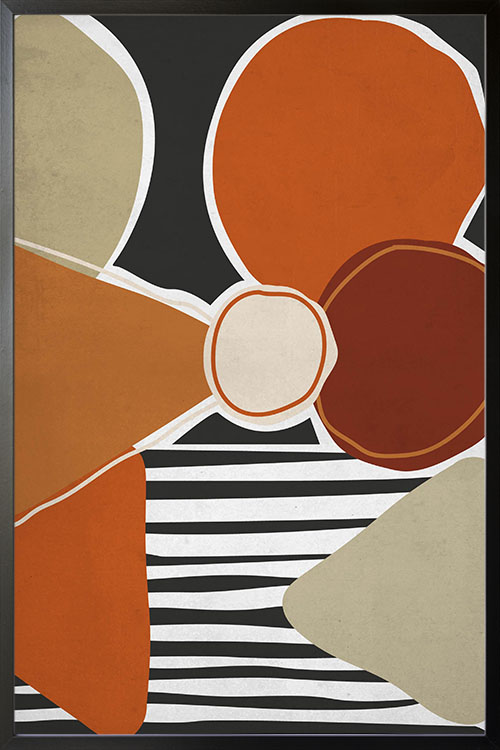
Shapes and lines in warm and neutral colors. Beautify your walls with a unique and interesting poster design. Filled with lines and curves, the poster art can make your wall look more captivating. The colors used also make the room look more stimulating and lively. With this poster displayed in your rooms, you will have a wall accent that can make your room look more stylish.
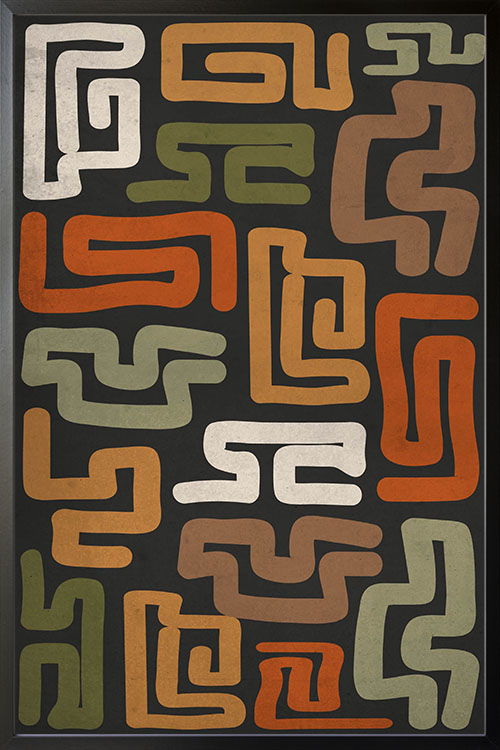
Shapes and lines in warm and neutral colors. Beautify your walls with a unique and interesting poster design. Filled with lines and curves, the poster art can make your wall look more captivating. The colors used also make the room look more stimulating and lively. With this poster displayed in your rooms, you will have a wall accent that can make your room look more stylish.
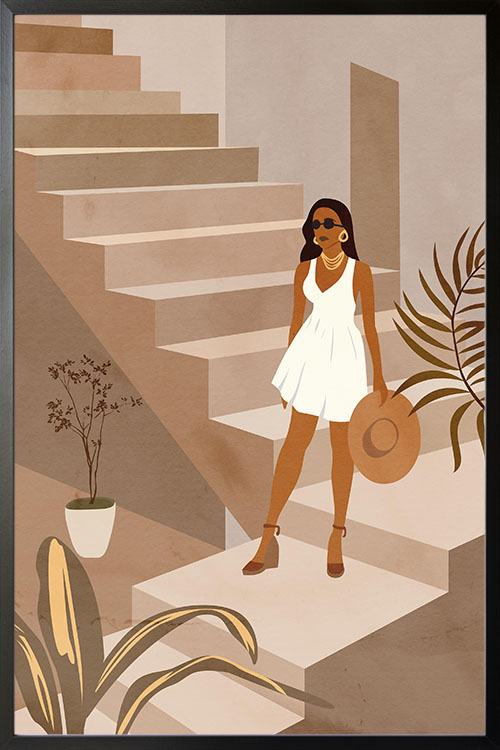
Sophisticated and classy art for an attractive room interior. Display this art to create a lovely space that can easily be appreciated by its audience. The neutral colors can bring balance to the overall room atmosphere and will likewise make any room look lively.
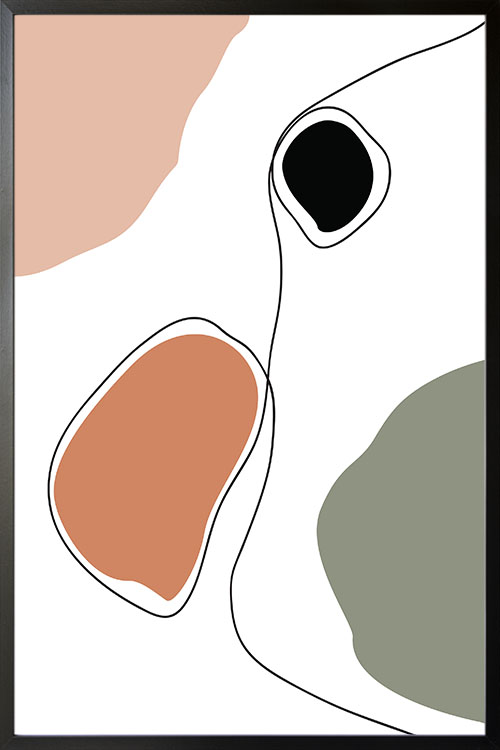
A simple yet awesome display of colors and shapes. A poster art that is perfect for any occasion. The neutral colors are simply marvelous and will look best in any minimalist room. This poster art will be the highlight of your space and will impress your family and friends.










